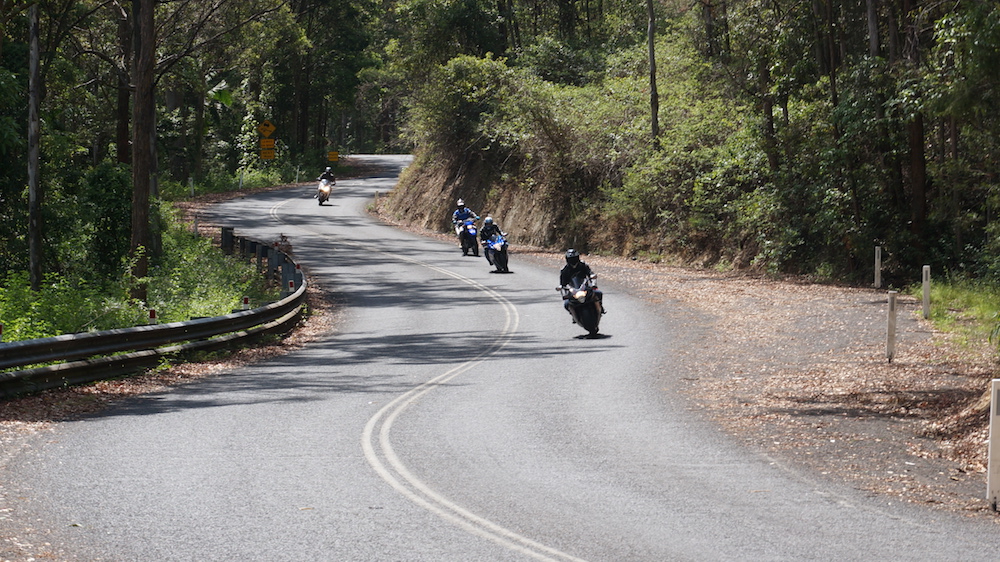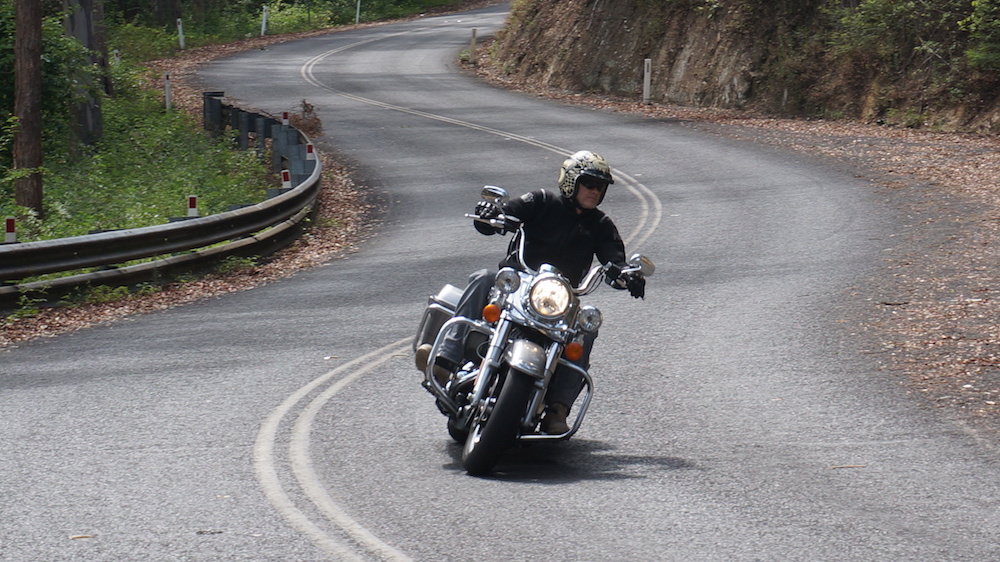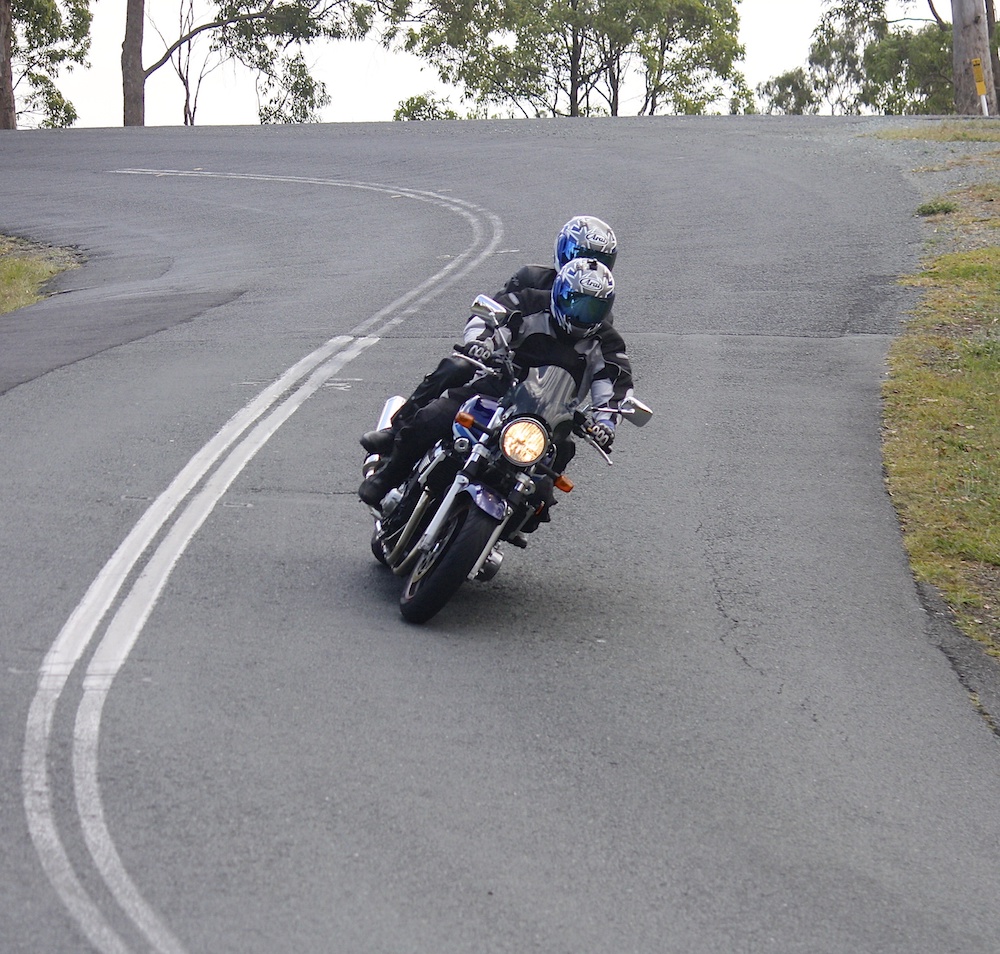A combination of downhill slopes and corners is the most dangerous for riders, according to one of the most comprehensive motorcycle crash studies in the past 35 years.
The study by the Virginia Tech Transportation Institute for the American Motorcycle Safety Foundation used 100 riders with five video cameras on their bikes for several months and over half a million kilometres.
It produced a lot of data which is still being processed and analysed.
The Virginia Tech study is the first major crash survey since the comprehensive and often-quoted Hurt Report of 1981.
Obviously motorcycles have changed a lot since then. They are lighter and more powerful, have better tyres and handling and many have rider tech aids such as ABS, traction control, etc.
We have already looked at some of the findings of the Virginia Tech study here.
But there is one important aspect we wanted to investigate further.
We knew that corners were a danger for riders, increasing the likelihood of a crash or incident by two.
However, the report says that if it’s downhill it increases the risk by four.
Why are downhill corners risky?
It is most likely because riders are not using their brakes correctly.
When you brake for a corner, the weight shifts forward and compresses the forks.
This is even more pronounced if the corner is downhill as you have to brake harder to counteract gravity and there is already more weight over the front wheel.
With the springs compressed, the forks cannot deal with surface irregularities as fast or efficiently as they can when they are in their normal position.
If riders hold their front brakes through a downhill corner and hit a bump or have to readjust their line, the bike cannot react or steer properly.
It’s a reminder that we should get all of our front braking out of the way before entering any corner.
Some riders still prefer to hold a bit of rear braking through a corner, but not front brakes. Leave that to the professionals.
And remember the word of world champion driver Stirling Moss: “It is better to go into a corner slow and come out fast, than to go in fast and come out dead.”




